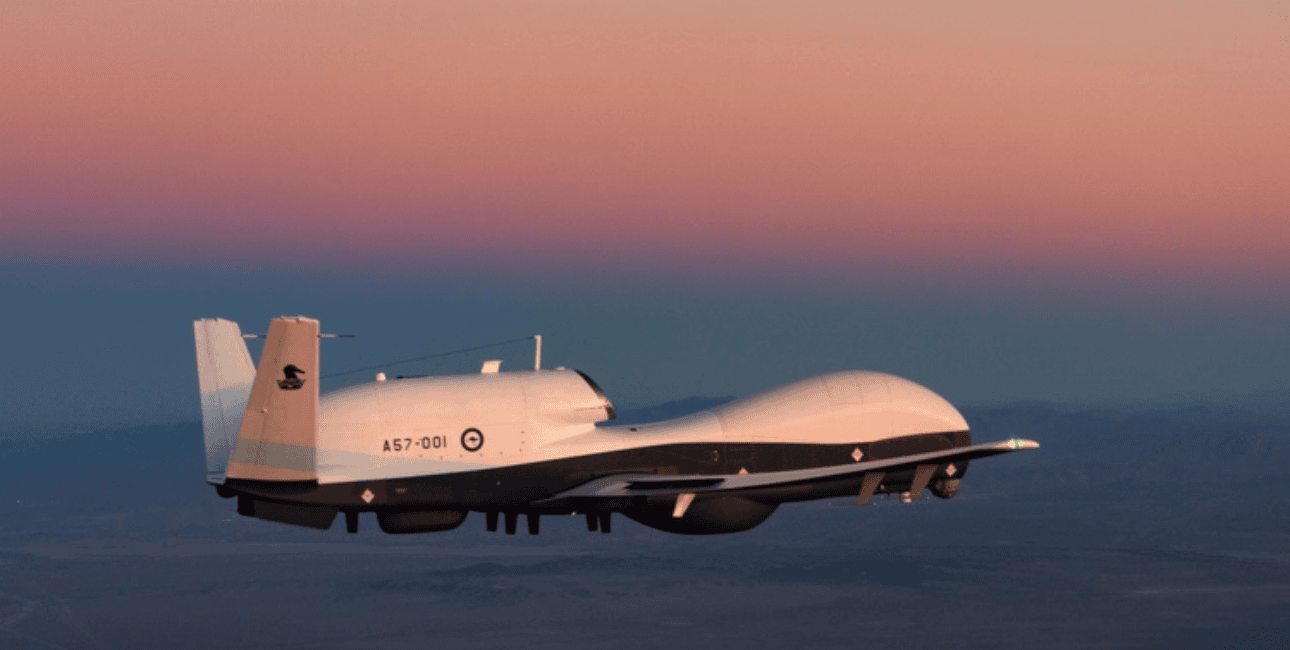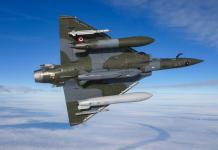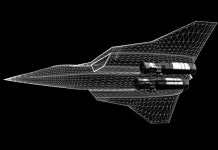Japan’s Defense Minister Gen Nakatani has confirmed that the U.S. military will deploy MQ-4C Triton surveillance drones to Kadena Air Base in Okinawa, Japan.
“The security environment surrounding our country is becoming increasingly severe,” Nakatani told reporters on April 8.
This move is primarily aimed at strengthening the intelligence, surveillance, and reconnaissance (ISR) capabilities of the U.S.-Japan alliance.
The deployment comes at a crucial time, marked by a notable increase in Chinese military activity near Taiwan and Japan’s southern islands.
MQ-4C Triton: Design And Capabilities
The MQ-4C Triton, manufactured by Northrop Grumman, is an unmanned aerial vehicle specifically engineered for high-altitude, long-endurance missions.
These sophisticated aircraft possess the remarkable ability to remain airborne for over 24 hours and have an impressive operational range of 13,700 kilometers (approximately 7,400 nautical miles).

Several of these Triton drones will be permanently stationed at Kadena Air Base, a significant U.S. military installation supporting around 54,000 personnel. Their primary mission will involve the continuous monitoring of critical maritime zones, including the East China Sea and the sensitive areas surrounding Taiwan.
This forthcoming deployment builds upon a prior, temporary mission conducted in 2024, during which two Triton drones operated from Kadena Air Base between May and October. The success and insights gained from that initial assignment have paved the way for this more enduring presence, with no currently defined end date for the deployment.
The MQ-4C Triton represents a significant advancement in maritime ISR technology. Developed by Northrop Grumman, it serves the needs of both the U.S. Navy and the Royal Australian Air Force (RAAF).
This versatile drone is employed in various critical missions, including maritime patrol, signals intelligence gathering, and search and rescue operations. Its exceptional endurance allows for persistent monitoring of vast oceanic regions, providing crucial data for strategic and tactical planning.
Operating at altitudes exceeding 17,000 meters (over 55,000 feet), the Triton possesses a distinct advantage in observing expansive maritime areas while remaining well above the reach of most potential threats. This high-altitude capability distinguishes it from medium-altitude unmanned aerial vehicles.
The Triton is equipped with a sophisticated suite of sensors, including the AN/ZPY-3 Multi-Function Active Sensor (MFAS). This advanced active electronically scanned array (AESA) radar provides comprehensive 360-degree coverage.
The MFAS can scan an impressive 5,200 square kilometers per cycle and can cover up to seven million square kilometers in a single day. Additionally, the drone carries high-resolution electro-optical and infrared cameras, enabling clear imagery capture under all lighting conditions. Its electronic support systems further enhance its capabilities by detecting radar and radio signals.
A significant upgrade in 2023, known as Integrated Functional Capability (IFC)-4, introduced valuable signals intelligence (SIGINT) capabilities. This enhancement allows the Triton to intercept communications and accurately geolocate electronic sources, significantly improving its ability to track both naval and aerial targets.
The MQ-4C is strategically designed to operate in close coordination with the U.S. Navy’s P-8A Poseidon patrol aircraft. It shares real-time data via satellite with a network of ships, aircraft, and shore stations, forming an integral part of the Maritime Patrol and Reconnaissance Force (MPRF).
Its airframe, derived from the proven RQ-4 Global Hawk, incorporates reinforced wings, sophisticated de-icing systems, and robust lightning protection, ensuring safe and reliable operation in challenging maritime environments. These enhancements also allow the Triton to descend to lower altitudes when necessary for more detailed observation.
Since its production commenced in 2013, the U.S. Navy has taken delivery of more than 20 Triton drones. According to Pentagon contracts for the fiscal year 2025, the Navy intends to acquire a total of 27 such aircraft by the year 2028. Each individual unit is valued at approximately US$133 million.
Operational History And Deployments
The Triton program was initiated in 2008, marking a significant investment in advanced aerial surveillance. The drone’s maiden flight took place in May 2013, followed by extensive and rigorous testing conducted at Edwards Air Force Base in California and Naval Air Station Patuxent River in Maryland.
The drone’s first notable operational deployment occurred in January 2020, with the stationing of two units at Andersen Air Force Base in Guam. From this strategic location, they conducted vital ISR missions across the Western Pacific, accumulating over 5,000 flight hours by 2023. These missions primarily focused on closely monitoring Chinese naval activities in the strategically important South China Sea and the sensitive Taiwan Strait.
Further deployments within Japan have included a rotation at Misawa Air Base from May to October 2021, and another at Marine Corps Air Station Iwakuni from July to October 2022. These missions served to evaluate the drone’s operational effectiveness in Japan’s northern and central regions.
In 2024, the temporary deployment of two Tritons at Kadena Air Base between May and October proved highly effective in conducting surveillance over Japan’s southwestern islands and the crucial Taiwan Strait. Following their return to Guam, the clear success of these operations directly influenced the decision to establish a more permanent and sustained deployment at Kadena.
Beyond its significant presence in the Indo-Pacific region, a Triton drone was also deployed to Naval Air Station Sigonella in Italy in March 2024.
This deployment aimed to support critical ISR operations over the Mediterranean and Black Seas, highlighting the drone’s versatility and global reach. Furthermore, in September 2024, a Triton conducted surveillance missions in the Arctic region, effectively demonstrating its operational capabilities even in extreme cold weather conditions.
Australia received its first Triton drone in 2024, a result of a 2018 agreement to procure four such aircraft, with a fifth subsequently ordered in 2023. These Australian Tritons are based at RAAF Tindal, enhancing Australia’s maritime surveillance capabilities.
In contrast, Germany evaluated the Triton in 2017 but ultimately opted for a modified Bombardier Global 6000 aircraft, primarily due to limitations related to operating unmanned aircraft in civil airspace.
Role At Kadena And Regional Context
Kadena Air Base, situated approximately 650 kilometers from Taiwan, provides a strategic location for the Triton deployments. From this base, the drones will conduct crucial ISR missions across the Nansei Islands, the Taiwan Strait, and the East China Sea. Their considerable operational range also allows them to reach the coast of North Korea and significant portions of the South China Sea.
The enhanced ISR capabilities provided by the permanent Triton deployment are a direct response to the increasing frequency of Chinese drone activity in Japan’s southern waters.
In recent developments, China’s aircraft carrier Shandong entered the sensitive Taiwan Strait ahead of scheduled military drills by the People’s Liberation Army (PLA).
The PLA has continued to conduct frequent military exercises in the vicinity of Taiwan, which Beijing considers to be a renegade province and part of its sovereign territory. China has not ruled out the use of force to assert its control over the island.
While the United States maintains its long-standing policy of not formally recognizing Taiwan as an independent nation, it remains firmly opposed to any unilateral or forcible attempt to alter the status quo and continues to provide Taiwan with defensive military support.
NATO Secretary-General Mark Rutte also echoed this sentiment, describing China’s ongoing military buildup as “staggering” in an interview with The Japan Times, underscoring the shared concerns about regional stability.
- Via: ET News Desk
- Mail us at: editor (at) eurasiantimes.com




